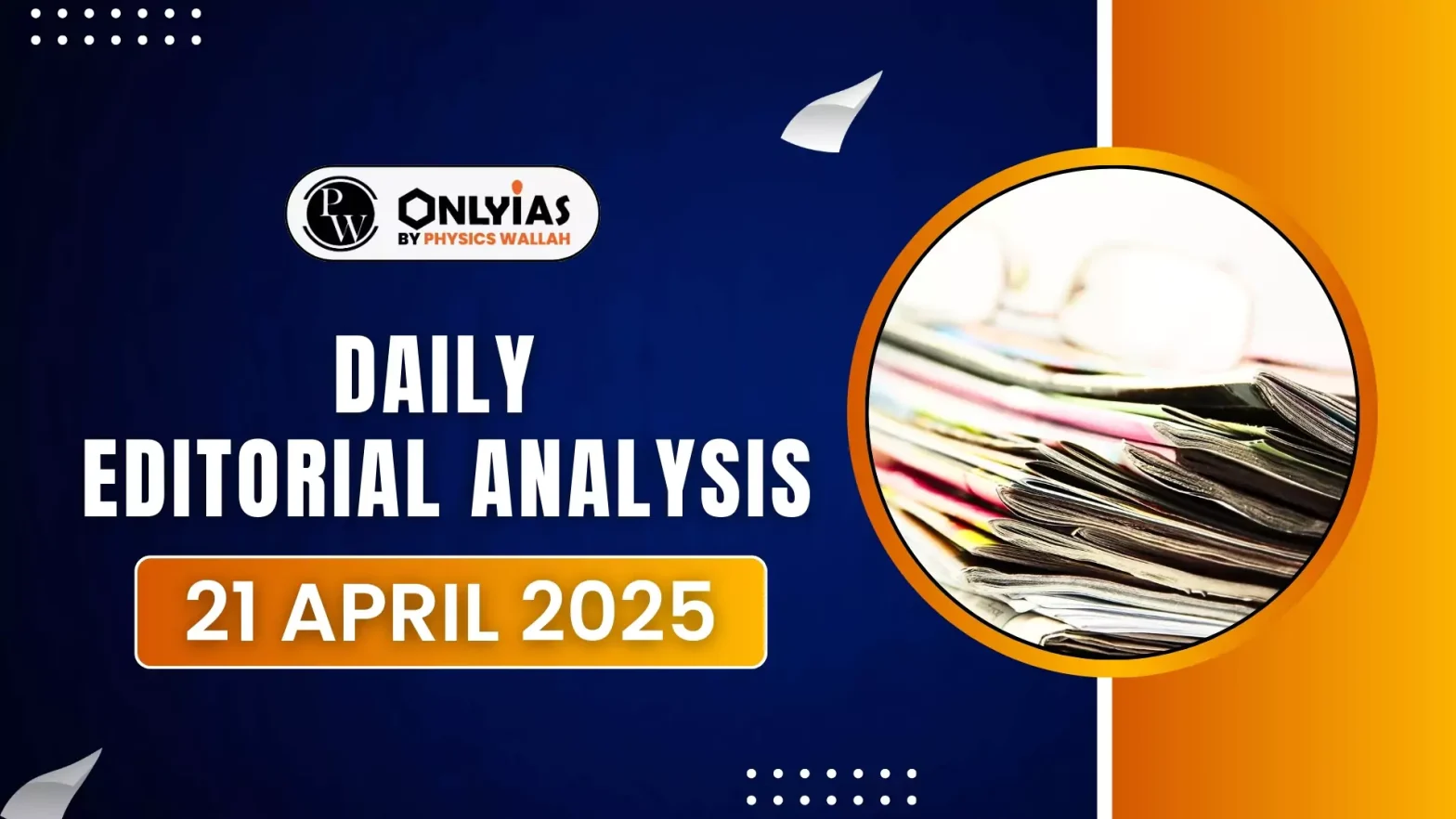The author draws parallels between corporate transformations and historical leadership during the Bengal famine,
Introduction
The content begins by comparing the two types of transformations companies undergo:
- Continuous Adaptation: Similar to diet control and fitness for an individual.
- Turbulent Transformation: A more disruptive, large-scale change akin to a surgical procedure.
- Managing transformations: The author reflects on lessons learned about managing such transformations, using a historical example from their early life.
Historical Context
- Born in 1945 in Calcutta, the author witnessed the aftermath of the Bengal famine and the turmoil of the time.
- Lord Archie Wavell replaced Lord Linlithgow as the Governor-General during this period.
- Famine in Bengal (1943-45): The famine was exacerbated by British inaction despite a call for 500,000 tonnes of rice.
- Wavell’s Leadership: Unlike his predecessors, Wavell took personal action, demanding aid and visiting affected areas, which was pivotal in addressing the crisis.
Role of Media and Civil Society
- Chittaprosad Bhattacharya’s Art: Sketches documenting famine victims were seized by the colonial government, but their circulation in the form of a book, Hungry Bengal, drew international attention.
- The Statesman: Editor Ian Stephens defied colonial censorship by publishing photographs of famine victims, bypassing the ban on the word “famine.”
- Wavell’s Action: Upon taking charge, Wavell demanded an immediate and large-scale response to the famine and encouraged civil society efforts, like soup kitchens.
Lessons for Corporate Transformation
- Recognize the Crisis: Leaders must acknowledge the existence and urgency of the crisis or problem.
- Experience the Crisis Firsthand: Leaders must personally assess the crisis by engaging with the field and understanding its impact on the ground.
- Courage to Speak Truth to Power: Leaders need the courage to speak out and challenge existing power structures or complacency.
- Action-Impelling Messages: Leaders must deliver messages that engage both the heart and mind, motivating teams to take action.
- Team Composition: The team must consist of individuals who are boundary spanners, willing to work across organizational structures, rather than be constrained by bureaucratic procedures.
- Commitment to the Cause: Leaders should demand absolute commitment from the team to the cause, with the goal of minimizing harm rather than achieving perfection.
- Continuous Course Correction: Leaders must practice continuous course correction to ensure that the larger, long-term goals are achieved.
Conclusion
The author carries these lessons into the corporate world, particularly during business transformations. The emphasis on combining heart and mind is reflected in the book Embrace the Future: The Soft Science of Business Transformation, co-authored with Hrishi Bhattacharyya, which exemplifies successful corporate transformations.
![]() 21 Apr 2025
21 Apr 2025

